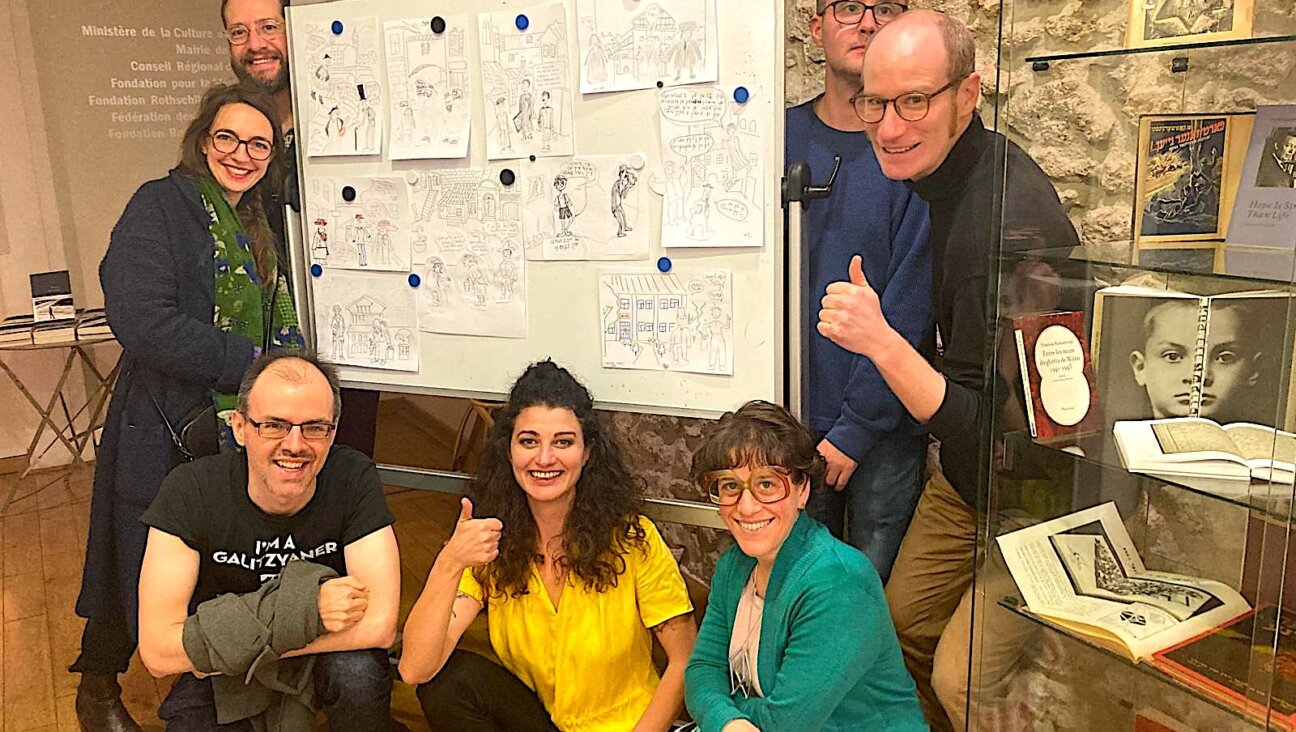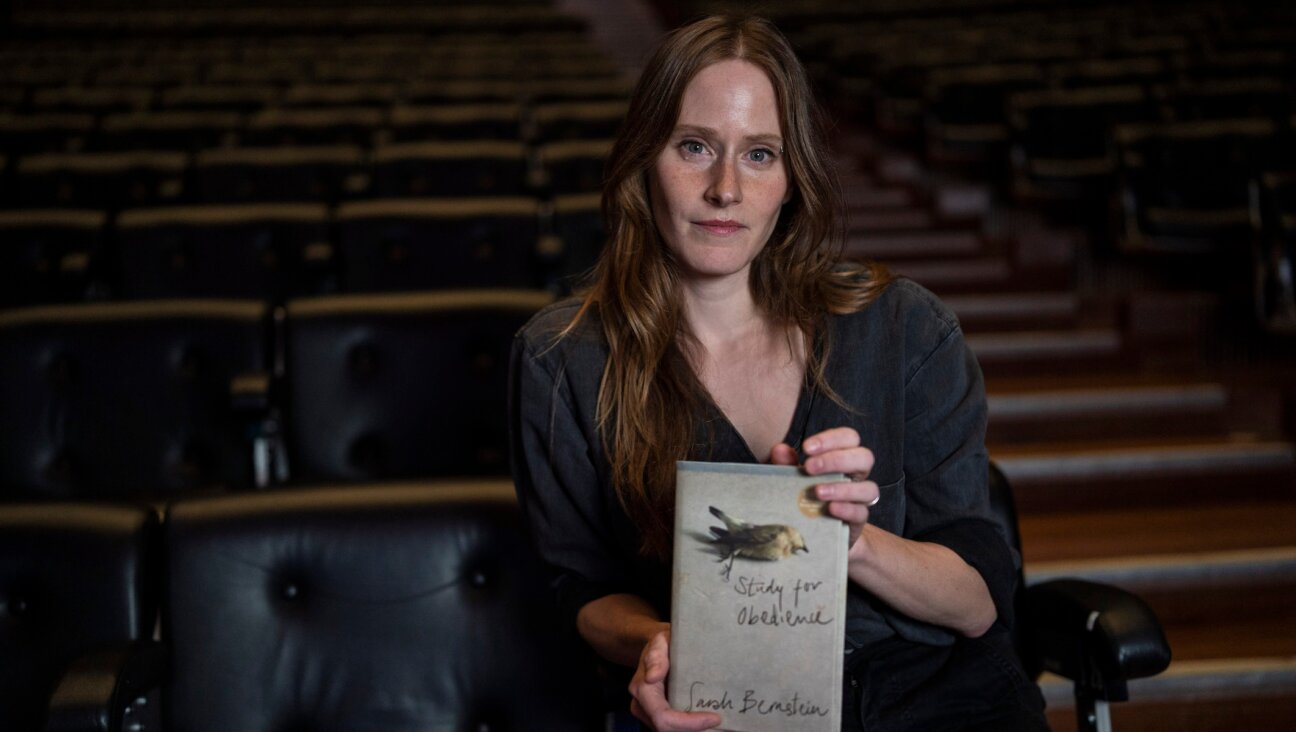Fund Helps Persecuted Scholars Reach Safe Havens
In a seemingly different life, Ahmed Subhy Mansour was a scholar at Cairo’s venerated Al-Azhar University. He studied the history of dictatorship in Islam and the place of death and paradise in the Koran. But some aspect of his research did not go over well with the authorities, and in 1987 he was fired from his position and jailed for two months.
Since then he has searched for a place to continue his work and his life, particularly after a number of newspapers accused him of upholding Zionism, a crime punishable by death in Egypt. After 15 years of wandering, last year he finally found a new home — as a research fellow at Harvard University.
The match was made through the Scholar Rescue Fund, started two years ago by the Institute of International Education. Since it was created, the rescue fund has enabled Mansour and 44 other scholars to escape persecution in their home countries, and — just as importantly for many of them — to continue their scholarly work with a position at an American university. At Harvard, for example, Mansour has pushed ahead with the creation of a center for studying and reforming the Wahabi influence on Islamic institutions in America.
The rescue fund is not the first such project run by the International Institute of Education, which also sponsors the Fulbright scholarship program. During the 1930s and 1940s, the institute’s Emergency Committee in Aid of Displaced Foreign Scholars helped bring more than 330 scholars, most of them Jewish, from Nazi Germany to the United States, including such luminaries as philosopher Martin Buber, physicist Enrico Fermi and novelist Thomas Mann.
Descendents of several of those earlier scholars, along with families of other Jewish refugees, gathered recently at the Park Avenue apartment of Jewish philanthropist Patti Kenner to raise money to help revive the rescue program. After cocktails, the crowd of about 100 guests retired to Kenner’s warm living room to sit on plush couches among pastoral landscape paintings. Four recently rescued scholars had been brought in for the evening, and two of them told their respective tales of persecution in Iran and Pakistan, which seemed much more than a world away from the safety of the Upper East Side.
“I’ve had such an easy life,” Kenner said after hearing the scholars speak, with a tone of gratitude that was representative of her guests. “I’ve never experienced anything difficult. We’re all so lucky.”
The fund is being revived at a time when many observers are talking about global antisemitism reaching its highest levels since the 1930s, when the last rescue program was in operation. In the program’s current incarnation, though, none of the 45 scholars who have been rescued are Jewish.
The one scholar so far whose work was connected to the Jewish community was a Palestinian scholar, who felt threatened by both Israeli and Palestinian officials for his work analyzing the policy of political assassinations.
“He was advocating less violence on both sides, and it made him unpopular with a lot of people,” according to Robert Quinn, director of the Scholar Rescue Fund.
The rescue fund has little in the way of guaranteed funds to ensure its survival. The goal of the night was to raise $1 million for an endowed chair in the name of Ruth Gruber, a 93-year old photojournalist who was on hand to tell of her trip to Europe in 1944, when she helped rescue 1,000 Jewish refugees.
The Gruber chair is part of a larger effort to create a $10 million endowment that is being led by refugee-turned-millionaire Henry Jarecki, along with fellow businessmen George Soros, Thomas Russo and Jeffrey Epstein.
While the roster of scholars who have been helped suggests that the Jewish funding for the program does not come out of a narrow ethnic self-interest, the scars of Jewish history were evident beneath the surface of the appeals for donations at Kenner’s apartment.
The guest speaker for the night was Hanna Holborn Gray, who came over with her parents through the 1930s rescue program and went on to become the first female president of the University of Chicago.
“In the 1930s, the German academic world was seen as a model, and one saw how quickly that could vanish,” Gray recalled.
Almost all of the 45 scholars funded in the last two years have hailed from either African or Muslim-majority countries. Many of them — including Mansour and an Iranian scientist who spoke at Kenner’s home — have been punished for the pro-Western and pro-Israel slant in their work.
The fund’s directors, however, have been astonished at the diversity of the 450 scholars from 84 countries who have applied so far. Many of the applicants come from far beyond the traditional disciplines of the humanities in which dissidents might be expected to work.
The threat of bodily harm was a constant for most of the applicants, and Jarecki ominously remembered that many of the more than 5000 applicants who were turned down by the institute during the 1930s perished a few years later.
A scholar from the Ivory Coast at Kenner’s gathering described his own situation — being forced to hide in the countryside after teaching political science courses that were critical of the government — as a re-emergence of darker periods from the past.
“This is the same old story,” the African scholar said. “It is the history of the universe. The history of power corrupting people.”
A message from our CEO & publisher Rachel Fishman Feddersen

I hope you appreciated this article. Before you go, I’d like to ask you to please support the Forward’s award-winning, nonprofit journalism during this critical time.
We’ve set a goal to raise $260,000 by December 31. That’s an ambitious goal, but one that will give us the resources we need to invest in the high quality news, opinion, analysis and cultural coverage that isn’t available anywhere else.
If you feel inspired to make an impact, now is the time to give something back. Join us as a member at your most generous level.
— Rachel Fishman Feddersen, Publisher and CEO






















